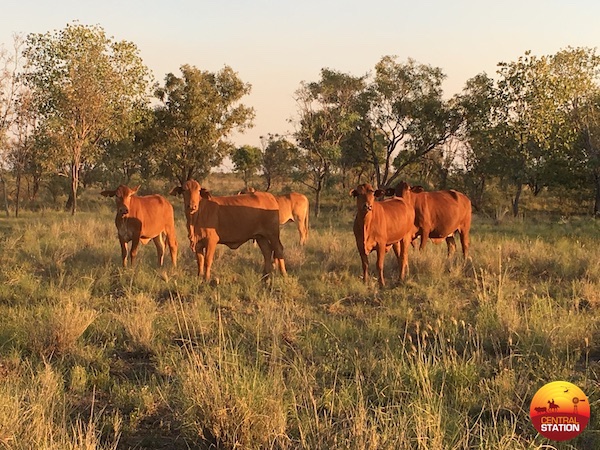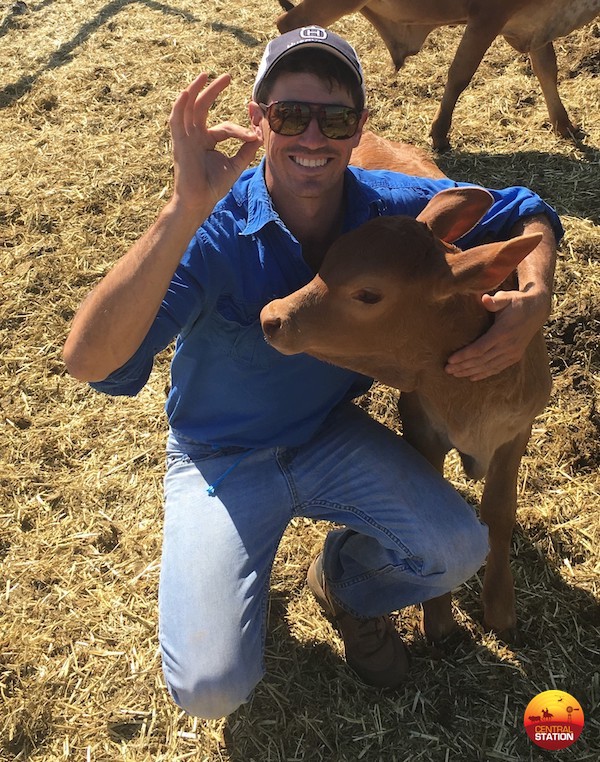KISS (Keep It Simple Stupid)
Host: Dr. Bryce Mooring
Written by Dr. Bryce Mooring – Co-owner, Broome Cattle Vets.
I believe that often management of beef cattle particularly in rangeland situations can be over complicated, hence the title of this blog. The best producers do the simple things very well and consistently year in year out. Obviously, each production system will differ due to variations in rainfall, natural barriers (ranges, rivers, deserts) and pasture availability and type. Producers are aiming for the following;
- Number of calves per year as close to the number of females joined that same year (mated by a bull)
- Produce a weaner (animal old enough to be removed from its mother) group of females and males of a consistent appearance, height, and weight
- Consistent improvement of genetics through heifer selection, culling of female breeders, and purchase of high quality bulls
- Calving out so as to allow female breeders enough time to gain condition to then conceive and have their next calf at the correct time of the year
- Provide a consistent quality product to exporters and processors year in year out

In the West Kimberley the utilisation of pasture when it is at it’s highest level of protein and energy is imperative to a cow maintaining body condition whilst having a calf at foot and for the early weaning of that calf. Ideally if cows are calving out in the period of November to January the start of the following year they should be able to regain or maintain enough condition to then fall into calf in this following year and again calve in the next November to January period, this is our ideal calving group. The utilisation of pregnancy testing and segregation of animals not calving in this group allows the producers to work toward a more even line of cattle (weaners of consistent appearance, height, and weight) and to manage those groups that are calving out later than January to get them to calve out as close to the above in subsequent years.
Some females fail to fall into calf or will calve in a period that is not suitable for the production system. The empty cows from above can be held in a pre-determined paddock and are then are sold once there are sufficient numbers to fill a truck. Those females that are in calf but will calve at the wrong time of the year and even with management would be hard to bring back to calving out at the right time are held in another paddock and once they have calved out and their weaners are removed they too are sold. Unproductive females have been a constant problem in the West Kimberley and the Pilbara but many producers have been addressing this more and more especially since the domestic demand for mature females has increased.
As the demand for high quality bulls heightens and their subsequent prices increase it is becoming more and more important for producers to know that the bulls they currently own are in good working condition both physically and through semen assessment under a high powered microscope. This information allows the producers to buy the correct amount of bulls they need to replace bulls that are no longer fit for breeding and to ensure they are placing the appropriate amount of bulls with each group of female breeders.
Ultimately to continue a successful beef enterprise the producers need to have clients. The client in many cases in the West Kimberley and Pilbara is the exporter. They are looking for well bred cattle of similar appearance and weight and ideally in numbers that make it easy to provide a consistent product to overseas trading partners.
To the outsider beef production may sound easy! Feed cows, wean calves, sell them, make money, and then repeat. Contrary to this misconception I have tried to give a brief overview of some of the practice principles many of our clients undertake year in year out to ensure a high production of quality beef cattle.
The beef industry is an exciting, forward thinking industry that will become a powerhouse in international trade for Australia.
I look forward to watching this space . . .

